How much space do chickens need in a chicken coop?
How much space do chickens need in a chicken coop? Sometimes even experienced chicken-keepers don’t know!
Are you an experienced keeper, or do you just want to learn more about keeping chickens? It’s a good idea to know up front how much space is required to keep these gateway farm animals happy.

This post contains affiliate links. As an Amazon Associate I earn from qualifying purchases. That means I make a small commission at no cost to you if you place a qualifying purchase through any of the links. Read my full disclosure here. Thanks for your support!
The first farm animals that we bought when we moved to the farm was…drum roll please…several baby chickens. I don’t remember ever holding a baby chicken before. They felt like little alive cotton balls!
We started by keeping them indoors in a big plastic tote, but then we had to get down to business about where and how we were going to house them outdoors when they got bigger. We really didn’t know what we were doing when we were building the first chicken coop.
If this sounds like where you are right now, my goal is to save you from your worry and stress. At the end of this post you’ll find a free custom chicken coop size calculator (free printable)!
I’m also sharing a free resource to DIY chicken coop plans from Easy Coops so that you can get going saving money and building your own chicken coop!
But first, let’s go over some chicken terminology.
Bantam (or “bantie”) – a small breed of chicken that is about one-fourth to one-fifth the size of its standard-sized chicken counterpart.
Bloom – the protective coating that is naturally present on an unwashed egg.
Brooder – a structure where baby chickens are kept, usually with a source of heat, until they are fully feathered.
Broody hen – an adult female chicken that sits on a clutch of eggs so she can hatch her own eggs.
Chicken – a domestic fowl (bird) that is either male or female, and raised for the production of meat or eggs.
Clutch – a nest of several eggs.
Cock – an adult male chicken.
Cockerel – a juvenile male chicken.
Comb – the fleshy skin that stands upright on top of a chicken’s head.
Coop – a structure where chickens are housed.
Hen – an adult female chicken.
Layer – an adult female hen that consistently lays eggs.
Meat chickens – chickens raised and harvested for meat rather than egg production.
Nesting box – a 12 inch x 12 inch box or container where hens lay their eggs.
Pullet – a juvenile female chicken.
Roosting bars – high bars inside a chicken coop that chickens perch on at night to sleep.
Rooster – a male chicken.
Run – a fenced, outdoor area that goes out from the chicken coop so chickens have access to grass, weeds, bugs, fresh air, and sunshine.
Standard chicken – any breed that conforms to its formalized ideal description, such as within the American Standard of Perfection.
Treading – the movements a rooster makes with his feet so as not to slide off the back of a hen when he is mating with her.
Wattle – the fleshy skin that hangs down from a chicken’s jaw.
Without further delay, let’s answer the question.
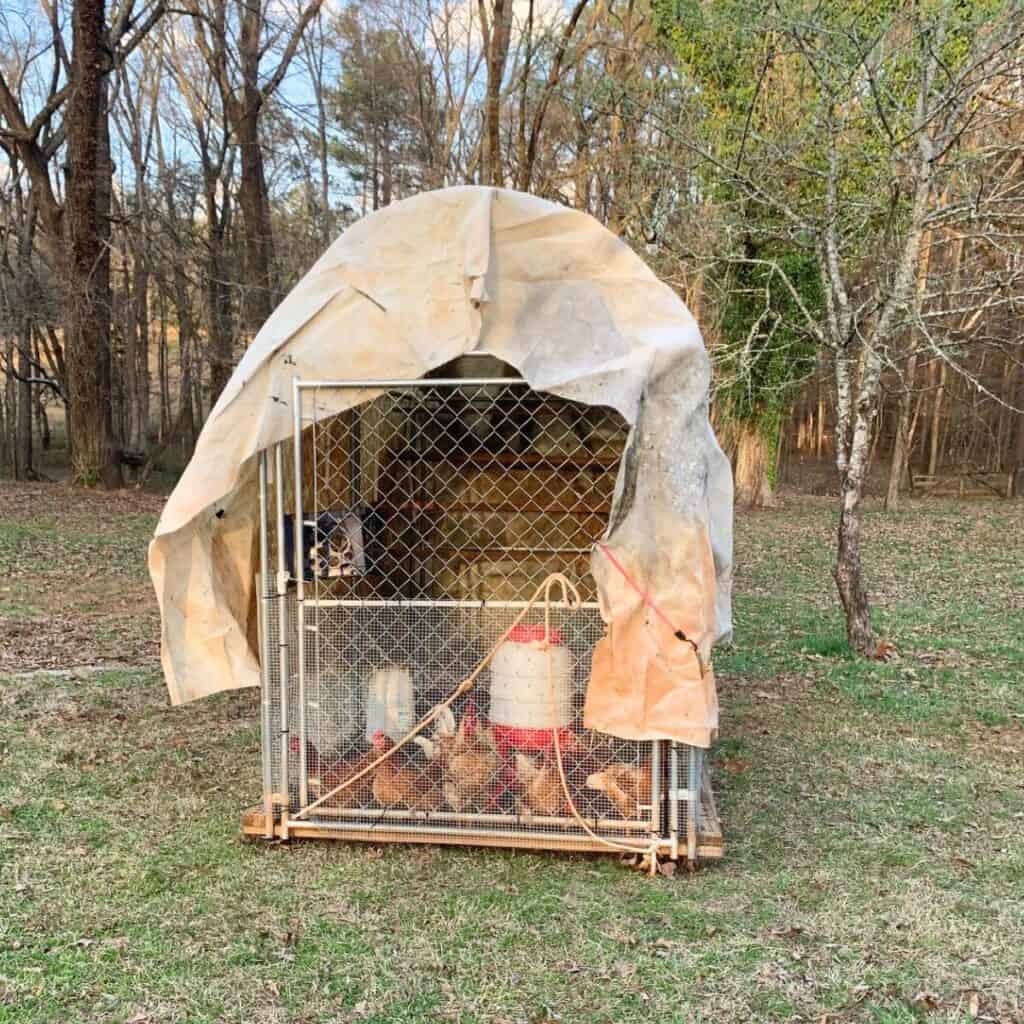
How much space do chickens need?
Medium-sized chickens need at least 4 square feet of space inside a coop and at least 8 square feet outside. But there are other variables to consider when determining how much space chickens need.
Chickens are social animals. They need enough space to walk and move freely, preferably with access to fresh, green grass and bugs. Baby chickens and small chicken breeds (like bantam chickens) will need less space than adult and larger breeds.
The most important things to consider are how much outdoor space the chickens have access to, the number of chickens that are kept together, and the rooster to hen ratio.
How much space do chickens need inside a chicken coop?
An enclosed chicken coop needs to have at least 4 square feet of personal space per medium-sized chicken. That’s the bare minimum. How much room chickens need largely depends on their size and the gender ratio inside the coop.

Backyard chicken coops should be built to fit your landscape, climate, and predator issues. You should also tailor the coop to be the square footage that you need for your chicken keeping goals.
If you want to provide eggs for your family of 4, you only need a little space to accommodate around four layer hens.
For example, Rhode Island Reds are medium-sized and lay large brown eggs anywhere from 200 to 280 days out of the year. Having four hens will give you about two dozen eggs per week. If we follow the 4 square feet rule for each hen, the minimum size coop would be 16 square feet.
You should also decide whether you want to have a stationary coop or a mobile coop.
Chickens drop about half of their daily manure load during the night. If your coop is stationary, you will need to have at least 6 inches of deep bedding that can absorb the manure load.
Cleanliness in the coop is important to fight against pathogens and various respiratory diseases. So if your coop is stationary, be sure to clean it regularly.
With a mobile coop, also called a chicken tractor, you can simply move the coop to fresh ground as necessary. You don’t need to bother putting down deep bedding because the soil can metabolize the manure load up to a certain point. Also, keeping the chickens off pathogenic old soil will keep them healthy.
Consider chicken size when building or buying your chicken coop.
The chicken coop needs to be large enough to appropriately accommodate your flock. Large chicken breeds have more space requirements than medium-sized chickens and smaller chickens, like bantams. If the coop is too small, chickens will become crowded, stressed, and peck at each other.

Large birds like buff orpingtons should have at least four times the space as their body size inside an enclosed space. While there is some wiggle-room, that’s at least 6 square feet per bird.
Jersey giants are the largest chicken breed. They can grow up to a whopping 2 feet tall! Although there are some differences between the production line of genetics and the show line of genetics, the hens can get up to 10 pounds and 20 inches tall, and the roosters can get up to 13 pounds and 26 inches tall! Adequate space for these large chickens is roughly 10 square feet per bird.
Additionally, heavy breeds and larger flocks will need a bigger coop. Small or miniature breeds and smaller flocks need less room in a coop.
Keep in mind that chickens naturally have a pecking order to determine who are the leaders and who are the followers. If your coop is too small, the leaders will go around picking on everyone and there will be nowhere to hide or get away from them.
FREE Chicken Coop Plans!
If you need any inspiration for chicken coop designs and plan to save money by building your own coop, I want to share an incredible resource with you. The great folks at Easy Coops have a variety of DIY chicken coops along with detailed plans to build them!
What I love most about Easy Coops is that they have over 40 FREE coop plans! No strings attached!! I really wish I had known about this resource when we moved to the farm and were trying to figure out how to build chicken coops.
Consider the mating ratio if you plan on keeping roosters.
Another thing to consider for the size of your coop is the rooster to hen mating ratio. Every breed of chicken has a general male to female ratio that you must consider.
Factors that determine the mating ratio include how large the chicken is, and how “active” the roosters are. Leghorn chickens are lightweight and active, so the recommended ratio is 12 hens for every 1 rooster. In contrast, the less active bantam Silkies ratio is 6 hens for every 1 rooster.
If there are not enough hens to satisfy the rooster, or if there are too many roosters for the amount of hens in the coop, the roosters will fight each other and there will be a lot of brutal mating on the hens.
When a hen is mated too often, the excessive treading results in ripped out feathers, bare backs, and in some cases open wounds. In order to prevent harm on your hens, you should not keep roosters if you don’t have enough hens to satisfy him. Or, you should keep your rooster in a separate chicken house.
Chicken owners who want to have fertilized eggs for hatching will need to keep a rooster. But the rooster doesn’t need to be with the hens all day every day.
If your goal is to have fertilized eggs but your coop is too small or you don’t have enough hens for your rooster, don’t worry! All you have to do is put the rooster in with the hens just 1 day per week. He will do his duty with all the hens, and the hens will lay fertilized eggs for the next week (sometimes longer!).
Signs of stress.
Here are some signs that your coop may be too small and stressing out your chickens:
- If your hens or roosters are showing sores or wounds on their comb or wattle, or they are missing feathers.
- If your layers have a drop in egg production.
- If your meat chickens stop growing or putting on weight.
If you notice any of these signs of stress, it might be time for a larger coop.
Best chicken breeds for a confined flock.
Some breeds are better at confinement than others. Breeds that are better for confinement are known to be docile and calm.
Some of the best breeds for a confined flock are the Cochin, Faverolle, Orpington, and Brahma.
Exceptions to the rule.
While having at least four times the space as their body size in indoor space is a good rule of thumb, there is one exception. The exception to the coop space rule is when chickens have plenty of outdoor access. Then you only need 1 square foot per medium-sized chicken!

The size of your chicken coop doesn’t need to be as large when your chickens are outside all day and only come inside to sleep at night. Chickens only need about 8 inches of roosting bar to perch on at night to sleep. And even then, they’ll snuggle against other chickens.
Chickens forage for food and can travel roughly 200 yards from their chicken coop in a day if they’re given the freedom. In Joel Salatin’s book Pastured Poultry Profits, he gives the following details for how he operates his eggmobile.
He describes keeping 30 to 40 layers in 48 square feet of coop space and on one-third of an acre. He moves the coop daily for maximum bug control and minimal feed costs. Using this math, you could keep a small flock of 8 hens in a 12 square foot coop on less than a tenth of an acre!
I wrote a separate blog post if you’d like to learn more about how we raise our chickens for cheap.
How much space do chickens need in a chicken run?
If you want happy chickens, you need to provide at least 10 square feet of outdoor space per bird for large breeds so they can forage and exercise. Fresh air and sunshine are extremely important to chickens.

Backyard chickens that have a larger area to walk around outside also don’t need as large a coop! As mentioned above, you can comfortably fit 8 hens into a 12 square foot coop as long as there is an extra 80 square feet of space outdoors!
If chickens have an outdoor run with enough room, they will happily spend all daylight hours outside of their coop in that extra space. The exceptions are for when the hens go into the coop to lay an egg in a nesting box, and when all the chickens go in for the night to sleep.
If you only have a small space to work with and have just a small run, start off with a lower number of birds and look for any signs of stress before increasing the size of your flock.
A small area of run space doesn’t necessarily mean that you can’t have a few more chickens, though. If you have a portable run, you could move your chickens as many times during the day as they need so that they can exercise and stay on fresh ground.
How much space do chickens need if they are free range?
Free-range chickens need about 1 square foot each of coop space for medium-sized adult birds. The coop will only be used at night for sleeping or by layers looking for nest boxes during the day. Give regular-sized chickens about 1.5 square feet of coop space per bird.
I’m a firm believer in saving time and money when it makes sense. That’s why our adult chickens are 100% free 100% of the time. We are able to save both time and money when they are free.
Chickens that are free prefer to eat bugs and weed seeds instead of chicken feed, if given the option. That saves on feed costs. They will also spend all daylight hours outside the coop.
Once our baby and juvenile chicks are old enough and large enough to join the rest of the flocks, we free them and trade out daily chicken feedings with occasional house scraps and chicken scratch. It is necessary to feed your chicken flock when they are in confinement, but not after they are free to forage for their meals.
Another benefit to having free-range chickens is that it saves time by decreasing the amount of chores that have to get done. I don’t have to move around a portable run or a portable chicken tractor to disburse the chicken droppings, and I don’t have to regularly clean out a stationary coop.
When you are just raising chickens for your own family and not commercially, it’s fine to let them be 100% free 100% of the time. We trust our trained guardian livestock dogs to protect them from most of the predators in our area. Of course, I can understand why that wouldn’t work for large commercial operations, but it works for us.
Best chicken breeds for a free range flock.
Some breeds are better at free range than others. Breeds that are better for a free range flock are more aware of their surroundings and excitable.
Some of the best breeds to free range include the Leghorn, Egyptian Fayoumi, Lakenvelder, and Hamburg. Even a large flock will be fine using a smaller coop with nesting boxes inside and roosting bars, as long as they have access to the great outdoors.
We don’t have any of these breeds on our farm. However, our guardian livestock dogs do a great job protecting the breeds we do keep.
Don’t be worried if you want to free range your own chickens but don’t have the breeds listed above. Give it a shot and see how it goes!
How much space do chickens need in a brooder?
For the first 3 weeks of life, baby chickens in a brooder need to have about 1 square foot per 3 baby chicks. That gives them enough room to walk around and use their muscles. It also gives plenty of extra room for all the growing they’ll do over the next 3 weeks.
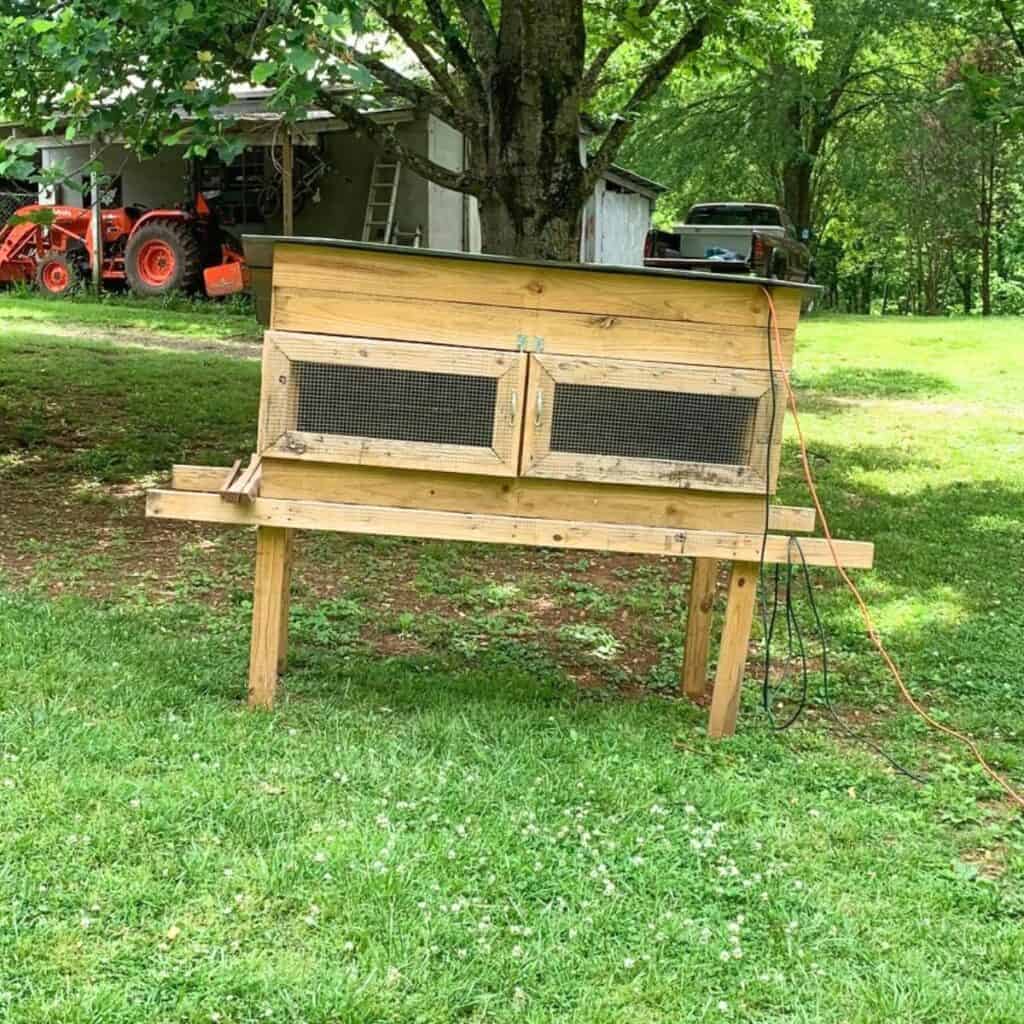
A day-old baby chick is only slightly larger than a large cotton ball. So they only need a minimum amount of space in a small coop. Smaller areas to keep baby chicks are preferable because the heat source can be more efficient at keeping them warm.
We hatch our own baby chicks in an incubator inside our house. When the babies hatch and are dry and fluffy, we put them in the outdoor brooder. We also add a heat lamp, some grit from the nearest sand pile, a small food tray, and a small water container.
I wrote a separate blog post if you’d like to learn more about how we hatch our baby chicks, our brooder setup, or the transition to their first coop.
Our brooder is roughly 2 feet by 4 feet, so 8 square feet total. And since our chicken incubator holds 22 eggs, we put all 22 babies that hatch into the brooder. There’s plenty of room for them to stretch out and walk around. It also gives them enough room to grow into 3-week-old chicks.
FREE DIY Chicken Coop Plans to Build Your Own Coop
Don’t forget to check out all the free chicken coop plans at Easy Coops!
They have plans that will house 3 chickens all the way up to 50 chickens. They have plans for modern coops, country coops, stationary coops, mobile coops, and even coops with and without chicken runs!
I pulled up a few of the free plans, and they are very well done and include detailed, color illustrations, along with step-by-step instructions.
If you need more help and instruction than what the free plans include, you can purchase the premium plans for under $20.
With the premium plans, you get all the color illustrations and step-by-step instructions, but you also get technical support from Easy Coops, the full materials list down to the number of screws and what kind of screws you’ll need, additional illustrations and blueprints, and complete tools list!
Head on over to Easy Coops for tons of chicken coop design inspiration and building plans.
Free Printable: Chicken Coop Size Calculator
Grab your free chicken coop size calculator! It’s a handy printable to help you quickly determine how large your chicken coops, chicken run, and brooder should be based on your goals.
Leave a Comment
Please leave a comment and let me know if you have any other questions!
Pin It For Later!

Other Related Posts
How to Raise Chickens for Cheap



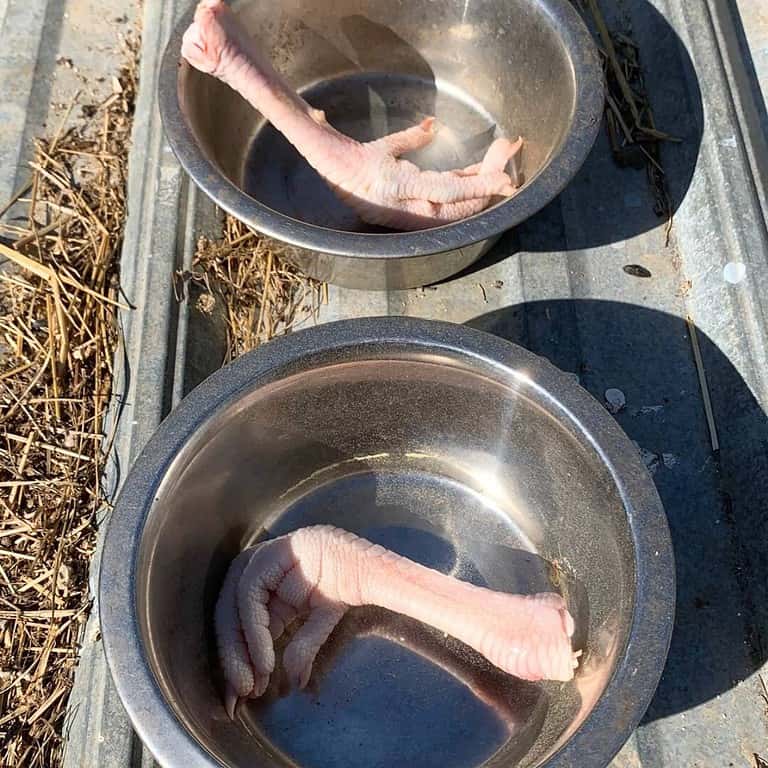
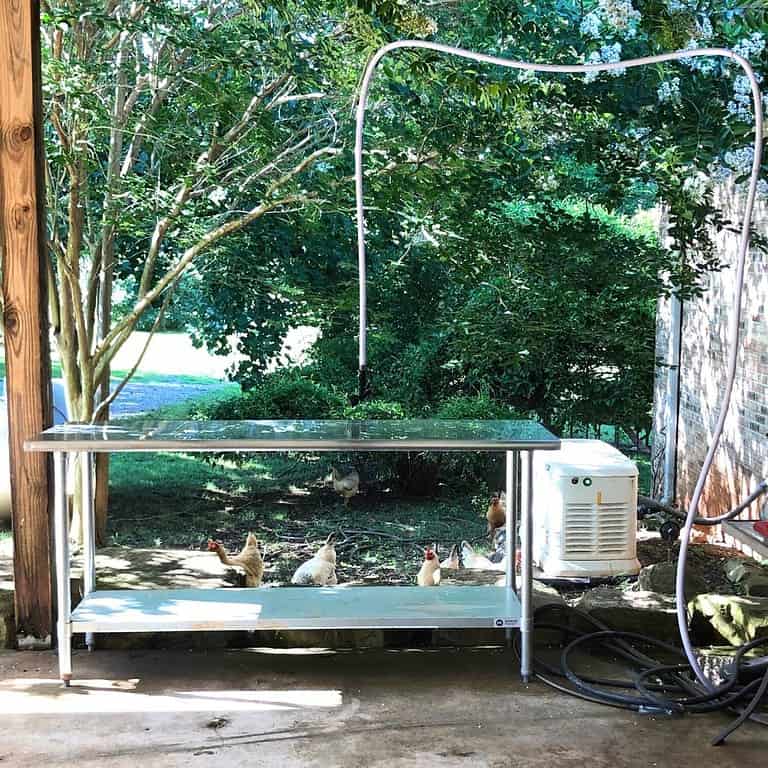
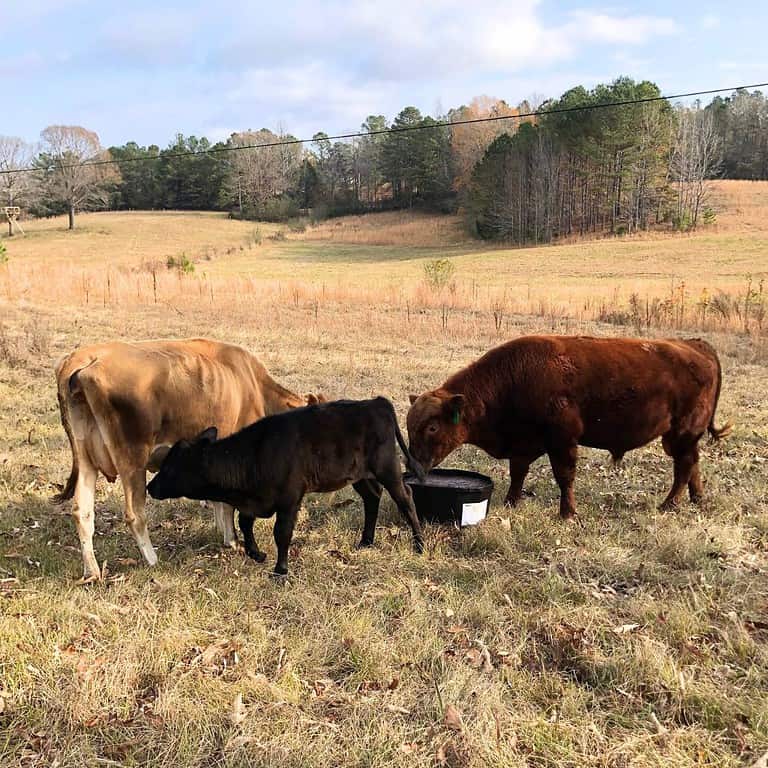

This is amazing! We’ve had our girls a year, such great info!
Thanks!